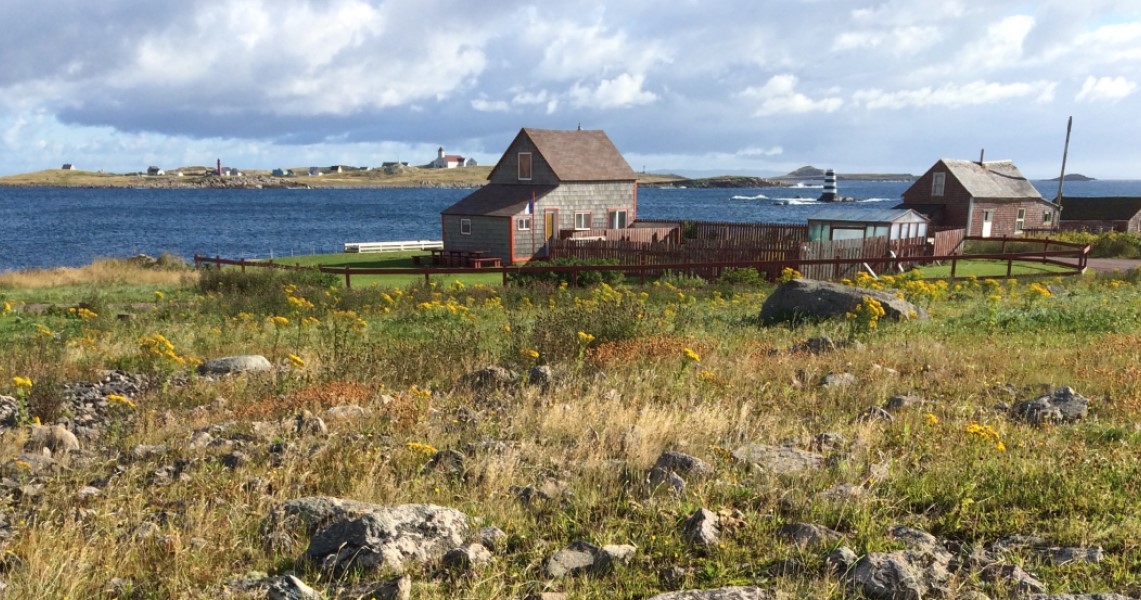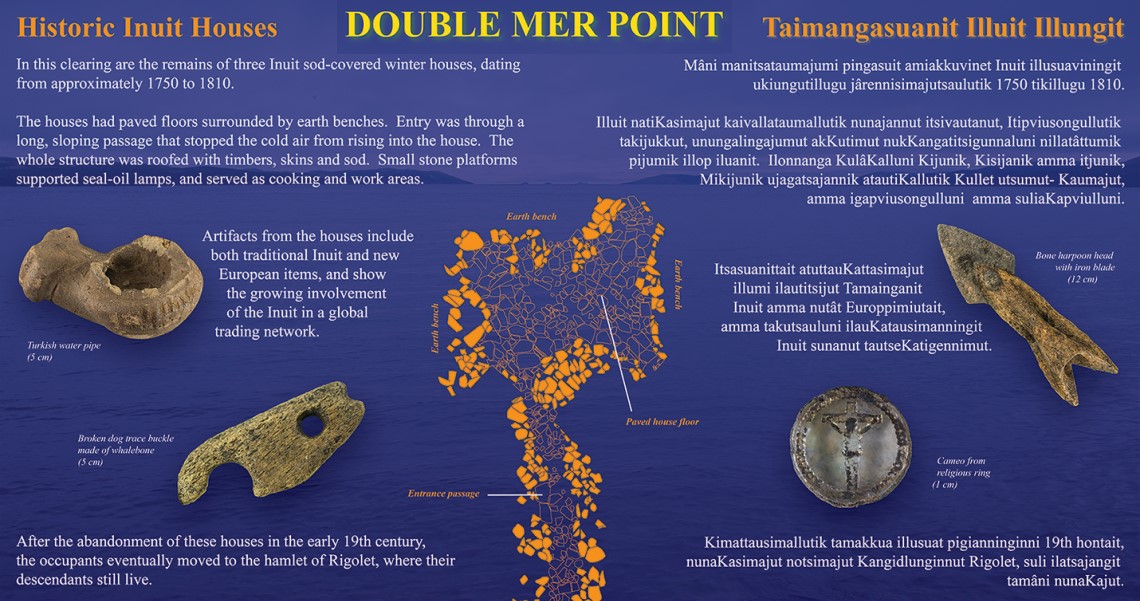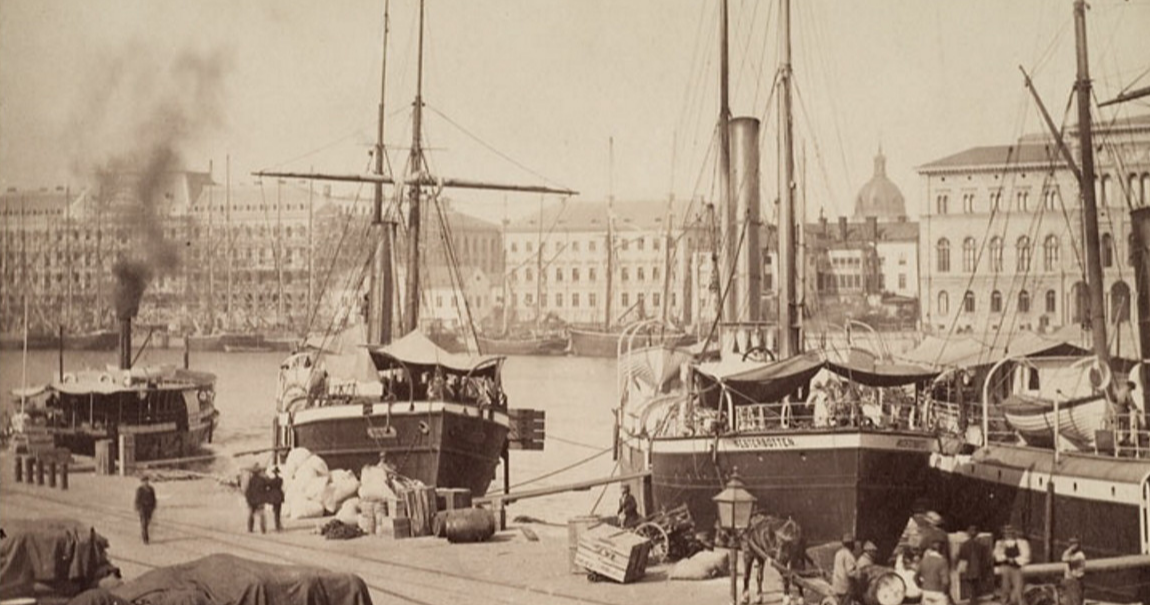
Image source:
Documenting Saint-Pierre et Miquelon's Occupations and Atlantic Networks between the 17th and the 20th Century
This project opens a new territory to the field of historical archaeology and another dimension to our knowledge of the colonial Atlantic world by demonstrating how marginal colonies were just as important in intercolonial commercial networks as in the better understood East-West transoceanic trade linking Europe with American colonies. Beginning in the French colony of Saint-Pierre et Miquelon, where cod was fished and processed, we follow the “Cod Road” south to the Caribbean and even French Guiana where dry-salted cod was traded and consumed. This method allows to document Saint-Pierre et Miquelon’s colonial occupations and intercolonial commercial networks. From this process, we will unravel the interconnectedness of the Atlantic world.
The archaeological analysis and archival research at the foundation of this project take place on three analytical scales - local, intermediate, and global. Locally, we document the 17th-20th century occupations of Saint-Pierre et Miquelon, to better understand what it means to be Saint-Pierrais et Miquelonais during the colonial period, and the mechanisms that lead to the development of Saint-Pierre et Miquelon society. At an intermediate level, we examine Saint-Pierre et Miquelon’s commercial networks to document its impact in the greater Atlantic World, and to underline the role of the colony during the European expansion between the 17th and 19th centuries. Globally, we piece together the lived experience of colonial communities in an interconnected world by demonstrating the North-South connections between Saint-Pierre et Miquelon, the French Antilles and French Guiana.
Since 2017, this SSHRC-IG funded project house MUN Archaeology Field School, and encompasses the research of four grad students: Mallory Champagne, Robynn Hoskins, Meghann Livingston, Colleen Tamblyn.

